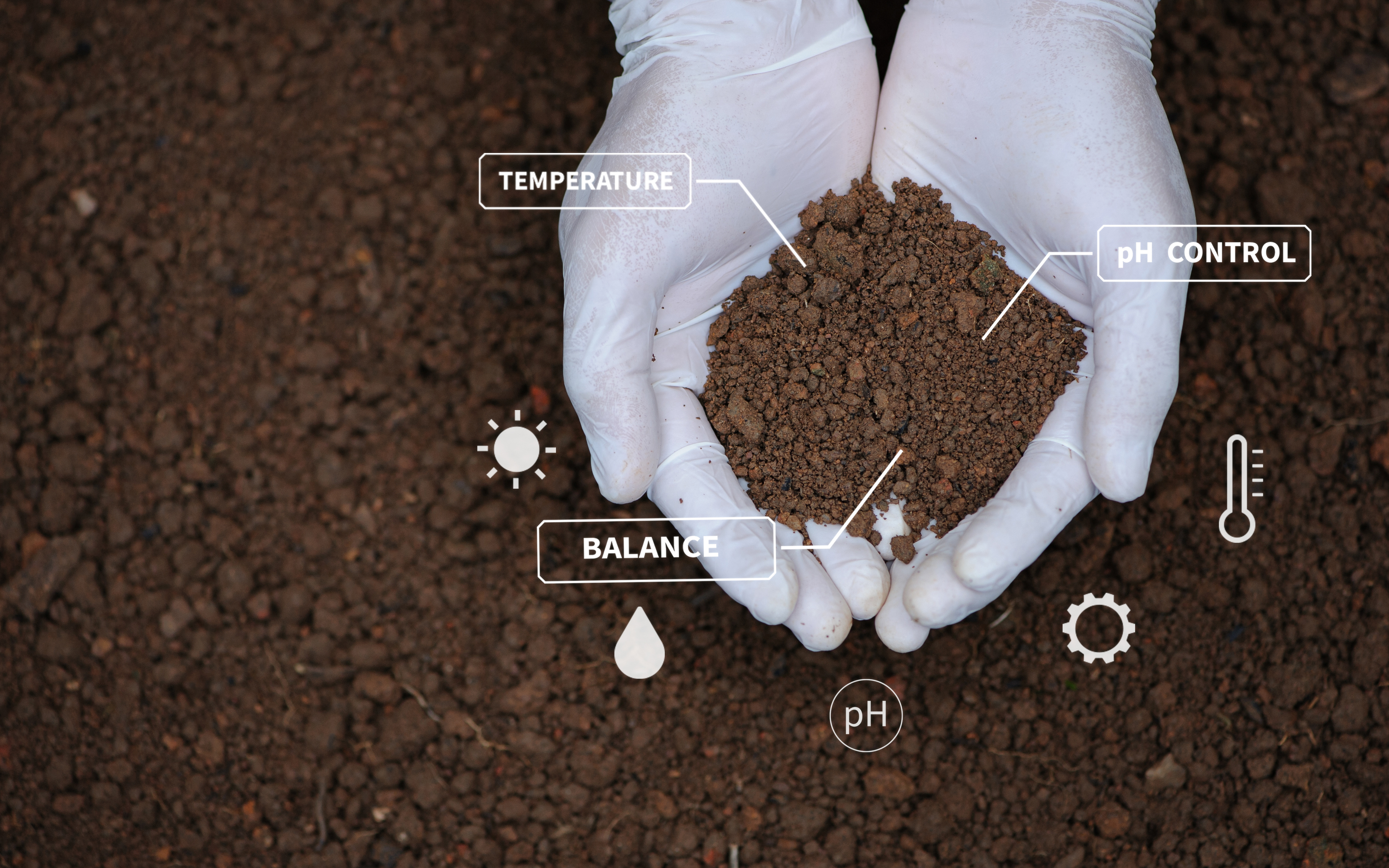By Sam King
Typical agricultural production methods can have negative effects on the soil in which crops are grown and the surrounding environment. These concerns are something that Glaub Farm Management takes seriously and seeks to carefully steward the land we manage considering this. One way in which we can do this is by conducting regular soil tests. We have a partnership with an agriculture lab in Missouri that utilizes soil analysis methods which compare more than just selected nutrients and soil pH. We look for a broad range of macro and micronutrients as well as organic matter, Cation Exchange Capacity (CEC) and ratios of nutrients such as calcium and magnesium which can affect physical properties of the soil as well. Analyses such as these give us a broader context of how to address issues of soil compaction, nutrient availability, water storage capacity in the soil, and minimize soil runoff. Soil health is more than just managing nutrients and pH but includes management of soil microbiological life and the factors that impact their health as well.
Ted and Sam attended a meeting in Missouri with two consultants that we often use, Neal Kinsey and Damon Dowdy. At this meeting we discussed soil fertility and how to manage soil nutrients to create the optimal habitat in the soil for microbiological activity. Soil microbes help to decompose organic matter deposited by the crop residue or introduced from manures such as chicken litter and leave forms of these nutrients that are easily digestible and readily available for plants. By introducing organic matter, reducing tillage, and ensuring a healthy soil physical structure which provides water and air to feed soil microbes, we can naturally introduce a full range of macro and micronutrients that were not available before and provide them to plants in a sustainable method.
A proper balance of nutrients also has some effects on soil physical structure. Reducing soil compaction and allowing for more water infiltration increases the water storage capacity for the soil, which means we can store more rainfall in the soil and irrigate less often, while providing adequate oxygen for microbiological life.
Different nutrients such as calcium and clay particles bind together to resist soil structure breakdown. Thus, managing levels of calcium can decrease soil erosion. Phosphorus is a source of energy for the plant, while boron and copper are necessary for reproduction (creating the fruit). This information allows us to make informed decisions about tillage, land leveling, crop rotations, irrigation strategies, and cover crop planting to name a few. Our goal is not to just grow large plants, but to produce high, healthy yields while balancing input costs to the highest economic benefit while maintaining long-term soil health for future crops to benefit from.


